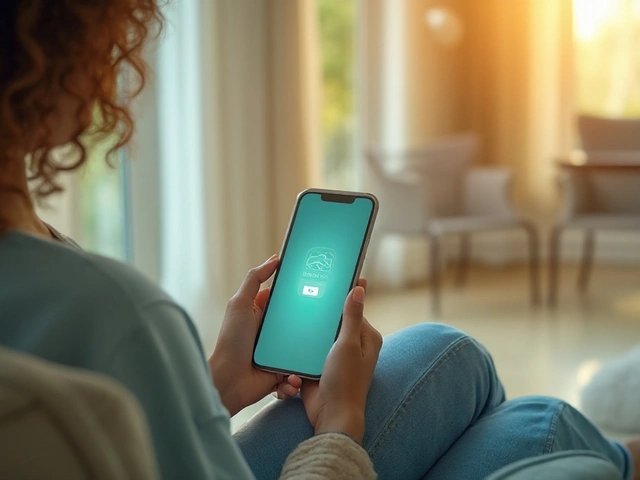Intraocular Pressure: Quick Guide for Healthy Eyes
Ever wondered why doctors keep talking about eye pressure? It’s because the fluid inside your eye creates a pressure that can affect vision. This pressure is called intraocular pressure, or IOP for short. When IOP stays in the normal range, your eye works fine. When it climbs too high, it can damage the optic nerve and lead to glaucoma.
The normal IOP range is usually between 10 and 21 mmHg (millimeters of mercury). Anything above that isn’t a death sentence, but it does raise a red flag. Most eye doctors measure IOP during a routine eye exam using a tonometer. The test is quick, painless, and gives a clear picture of how your eye’s fluid dynamics are doing.
Why Intraocular Pressure Matters
High IOP is the biggest risk factor for glaucoma, the second‑leading cause of blindness worldwide. Even if you feel fine, the pressure can quietly nibble away at the optic nerve fibers. Over time, you might notice peripheral vision loss, which often goes unnoticed until it’s advanced. Keeping an eye on IOP helps catch problems early, when treatment is most effective.
Low IOP can also be a problem, though it’s less common. If pressure drops too low, the eye can develop a condition called hypotony, which may cause blurry vision or even structural damage. So the goal is to stay within that sweet spot in the middle.
How to Keep IOP in Check
There are several everyday steps you can take to support healthy eye pressure:
- Stay active. Regular cardio exercise, like brisk walking or swimming, can lower IOP slightly.
- Watch your caffeine. Too much coffee or energy drinks can cause a temporary rise in pressure.
- Maintain a healthy weight. Obesity is linked to higher eye pressure and increased glaucoma risk.
- Protect your eyes. Wear sunglasses to reduce UV exposure, which may influence eye health over time.
- Follow medication instructions. If your doctor prescribes eye drops, use them exactly as directed. Missing doses can let pressure creep up.
If you have a family history of glaucoma, schedule regular check‑ups. Early detection lets you start drops or laser treatment before any vision loss occurs. Some people also benefit from laser trabeculoplasty, a quick office procedure that improves fluid outflow and lowers IOP.
In summary, intraocular pressure is a simple number that tells a lot about your eye’s health. Knowing the normal range, getting it measured regularly, and adopting a few healthy habits can keep that number where it belongs. Keep talking to your eye doctor, stay on top of your check‑ups, and you’ll give your eyes the best chance to stay clear for years to come.

FML Forte (Fluorometholone) vs Other Steroid Eye Drops - Pros, Cons & Alternatives
A deep dive into FML Forte (Fluorometholone) eye drops, comparing potency, side‑effects and safety with other steroid and non‑steroid alternatives for ocular inflammation.




